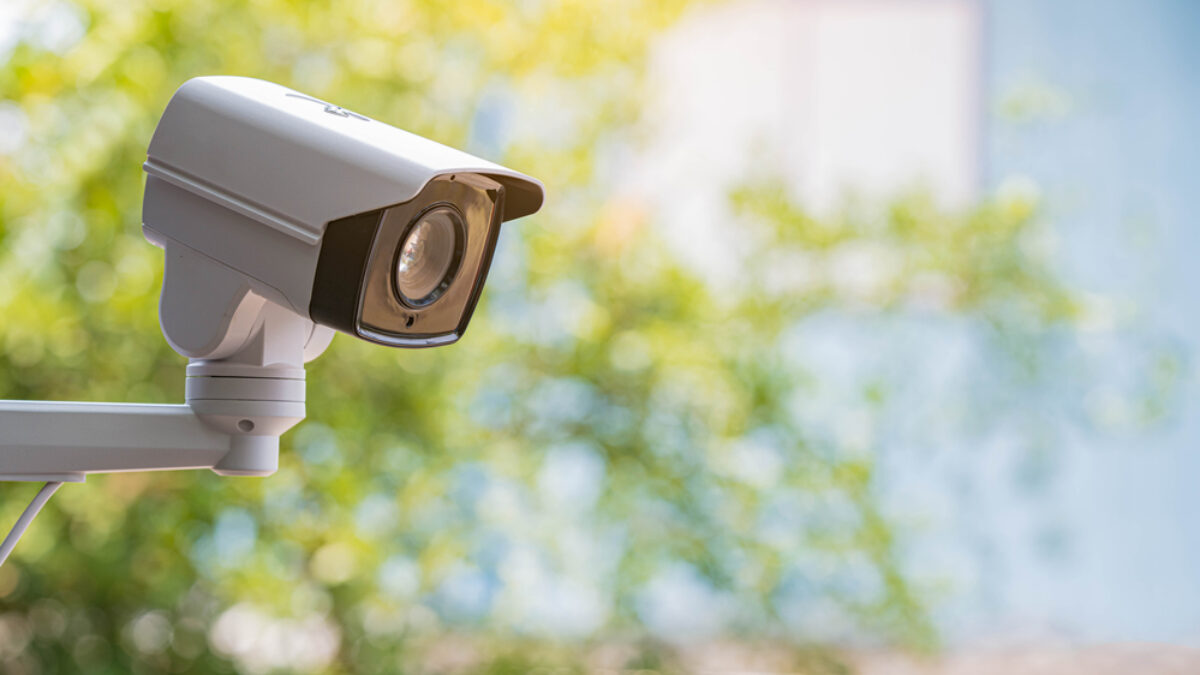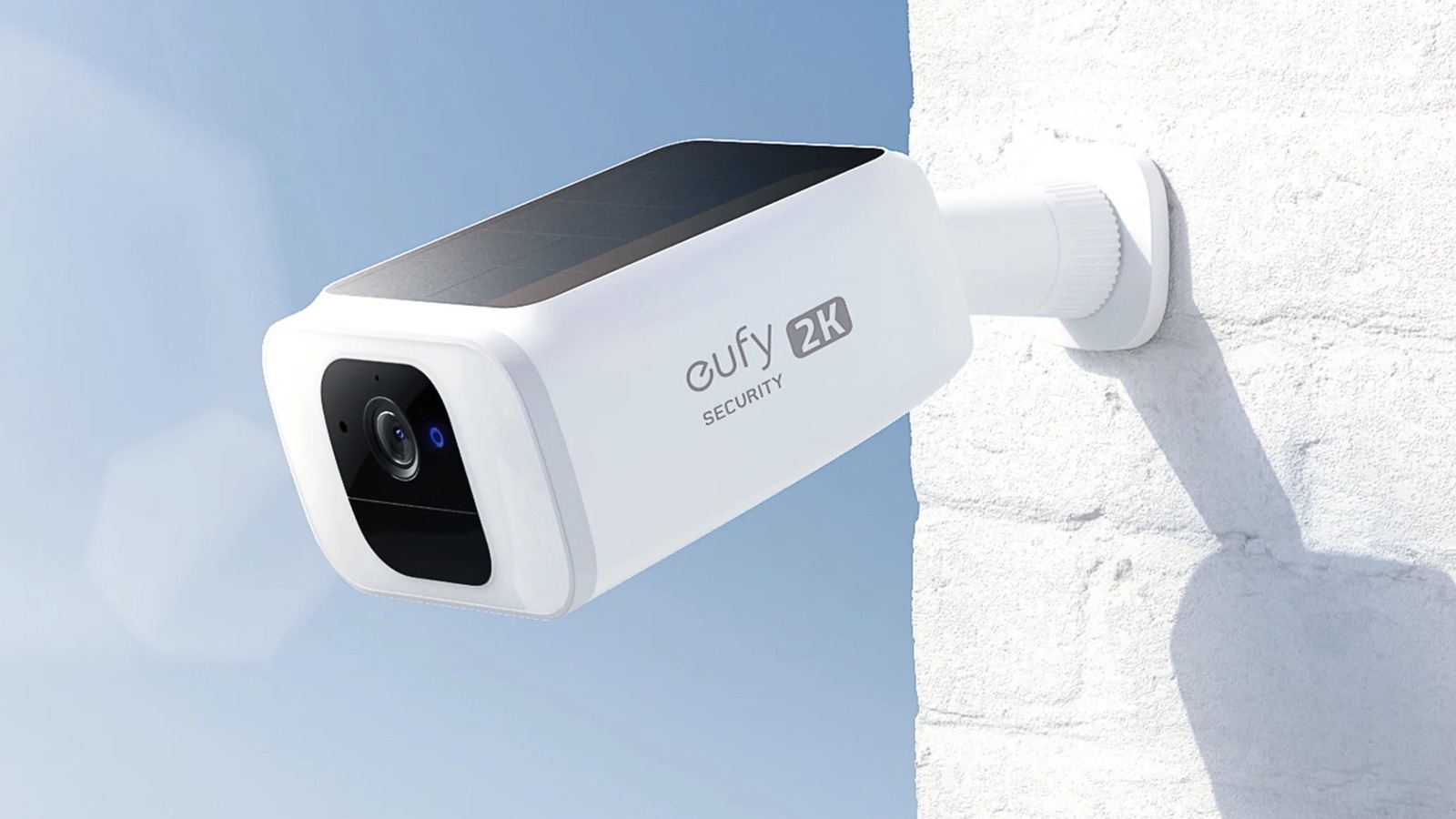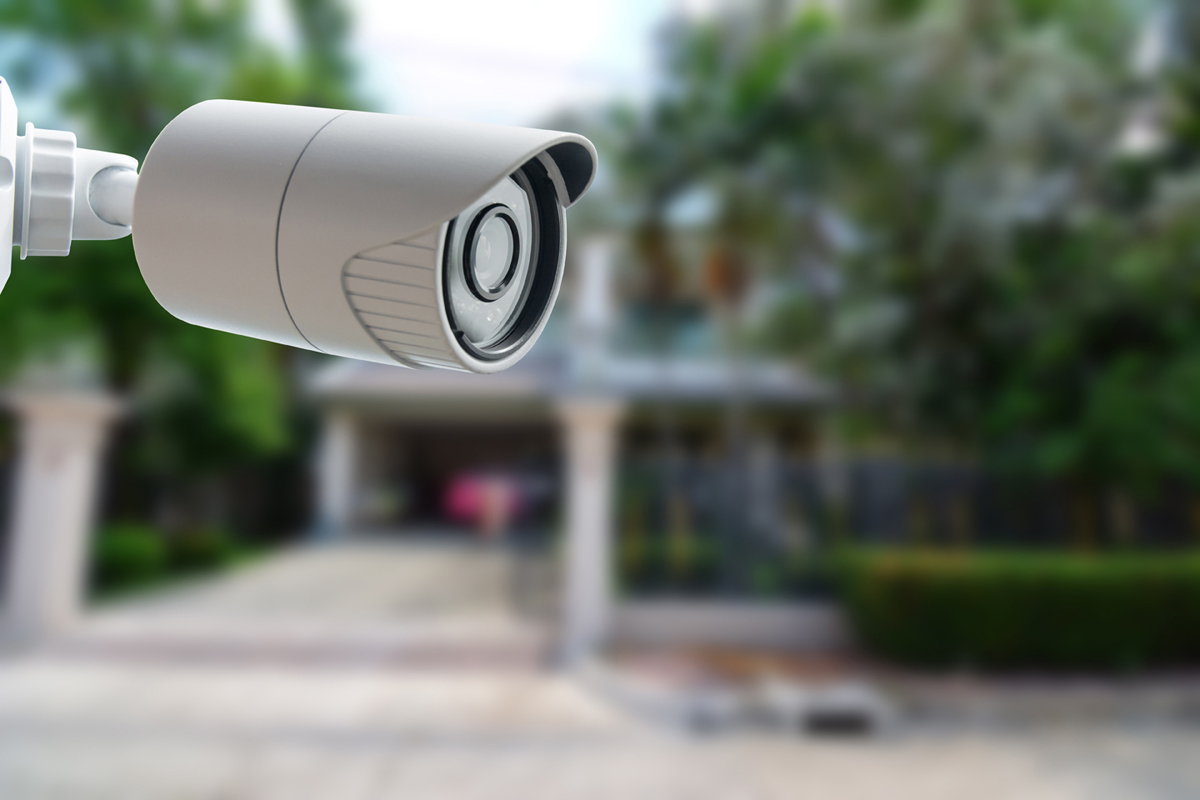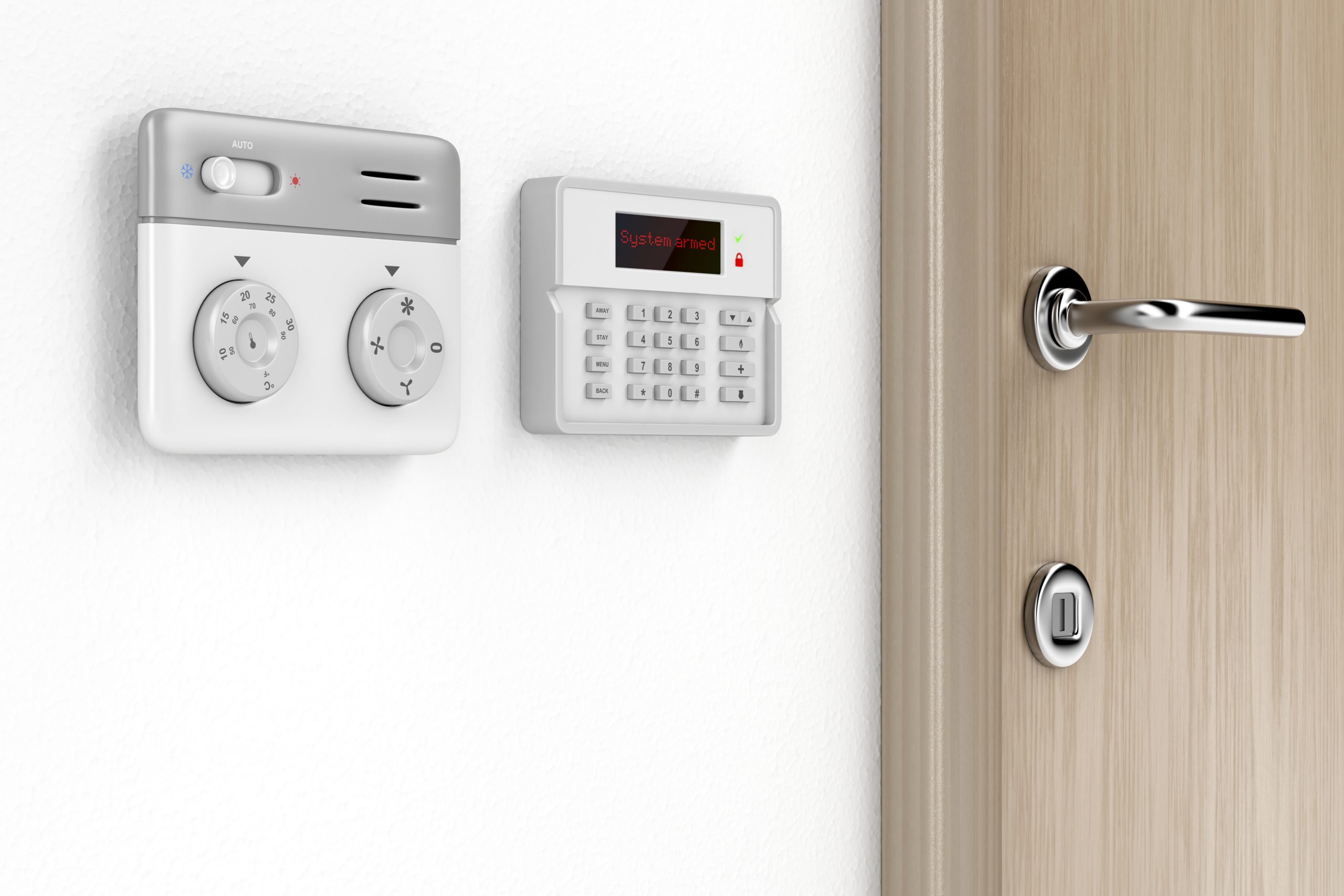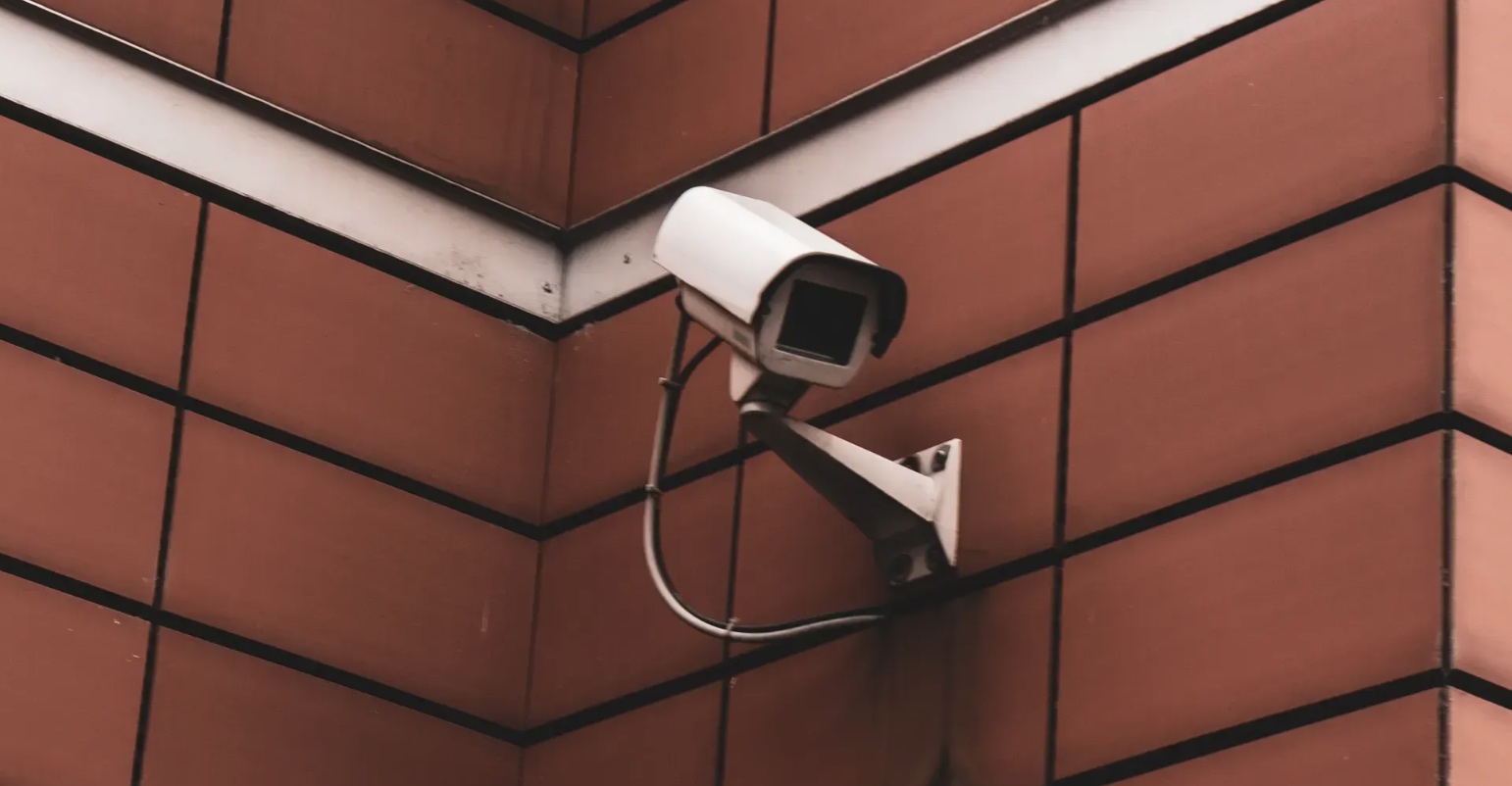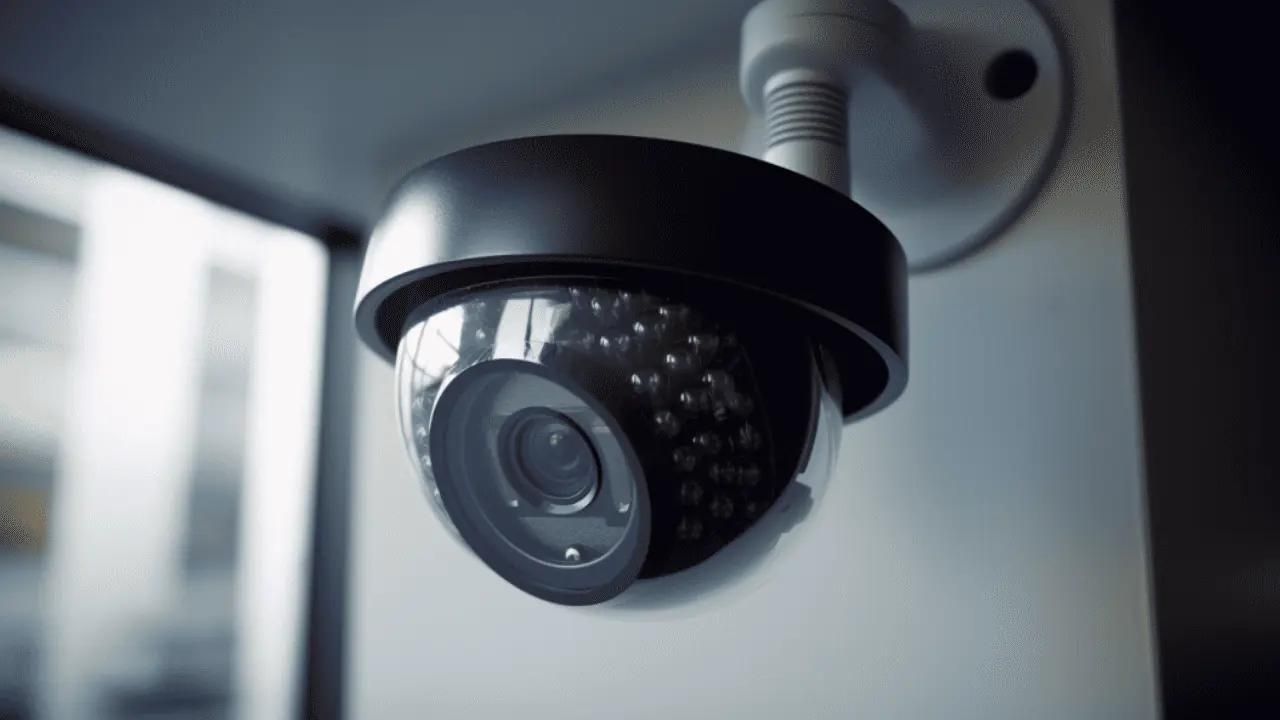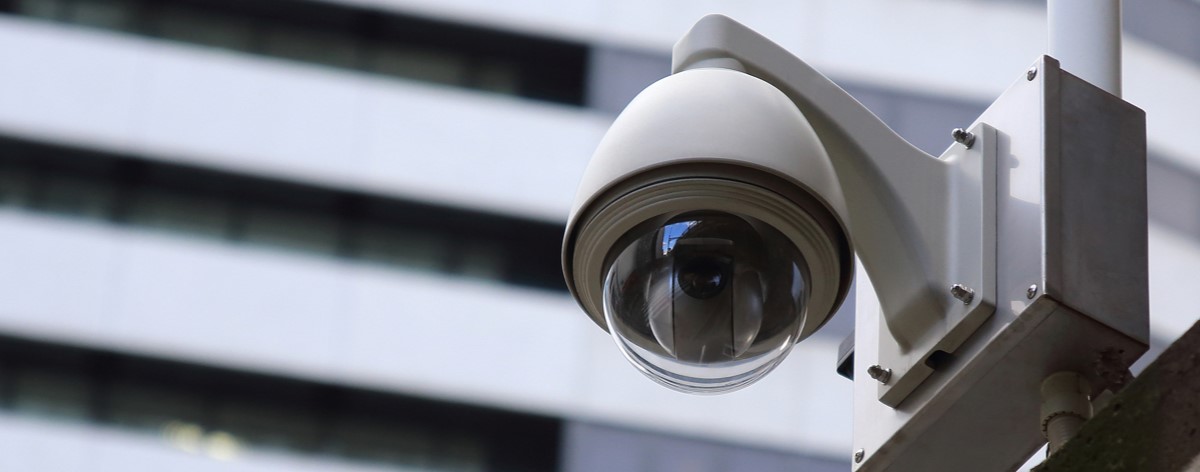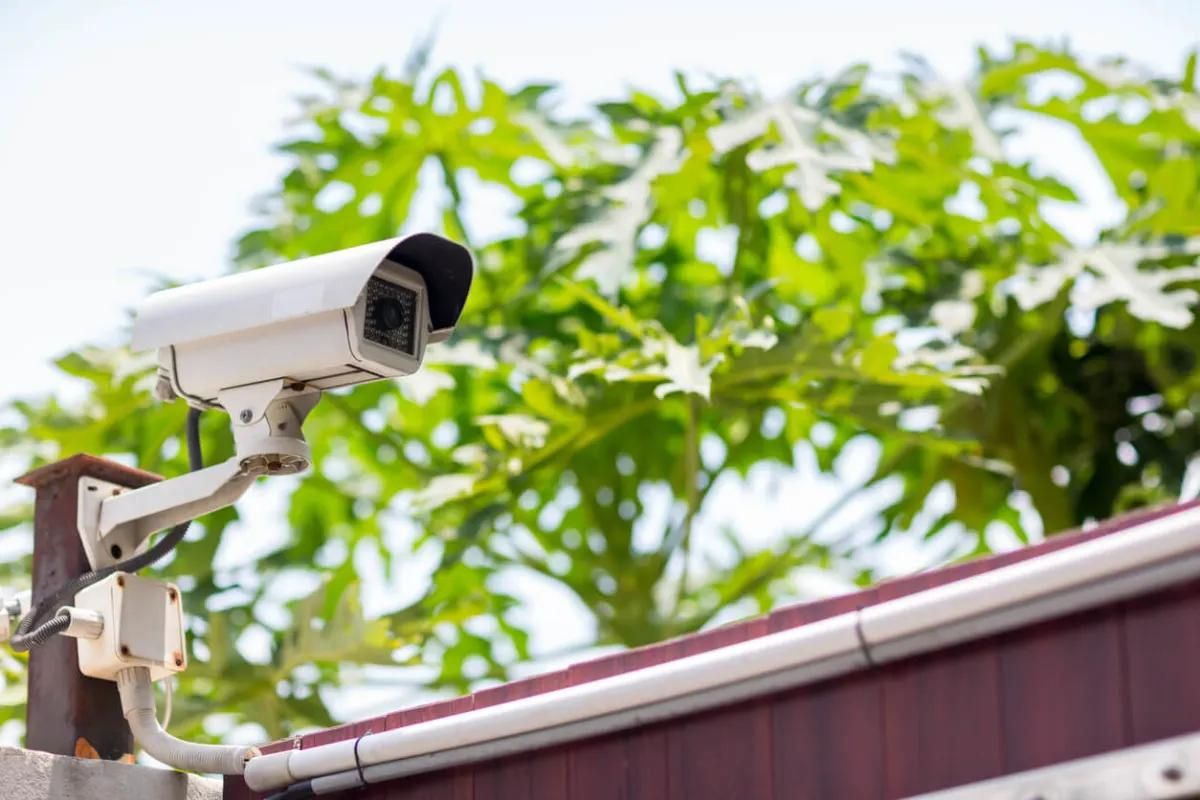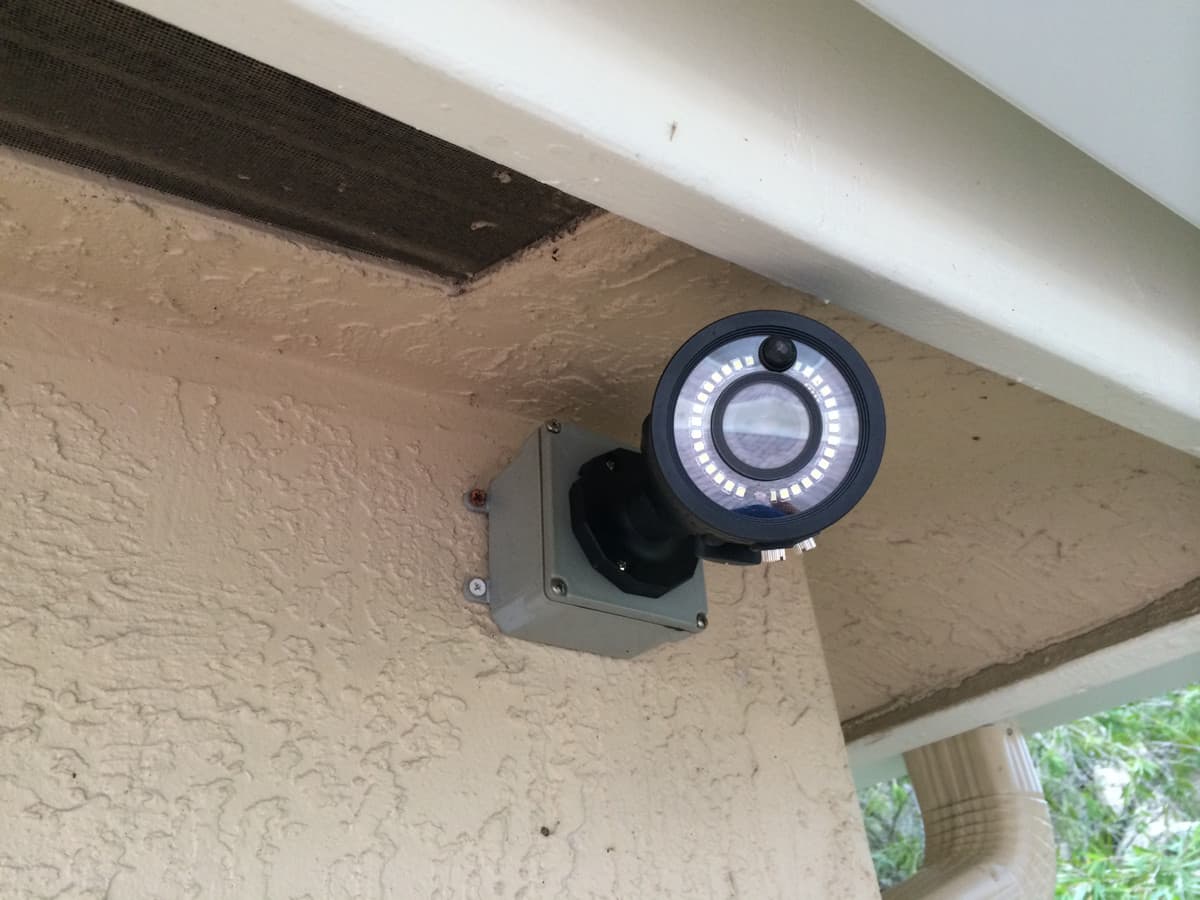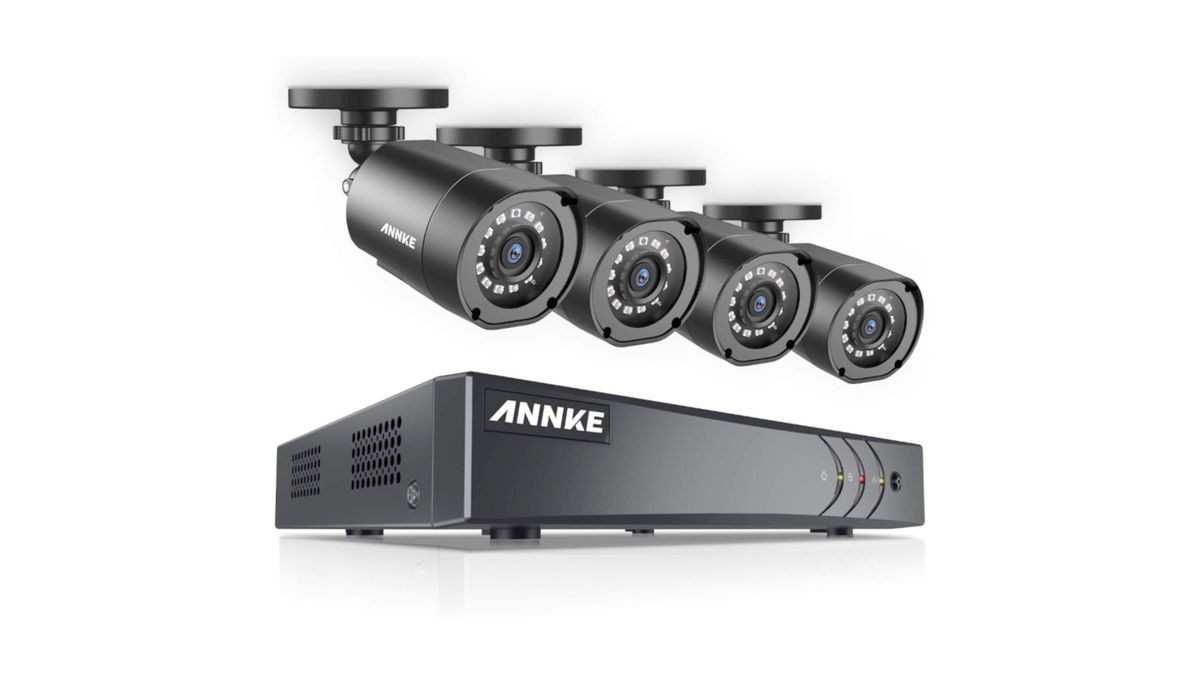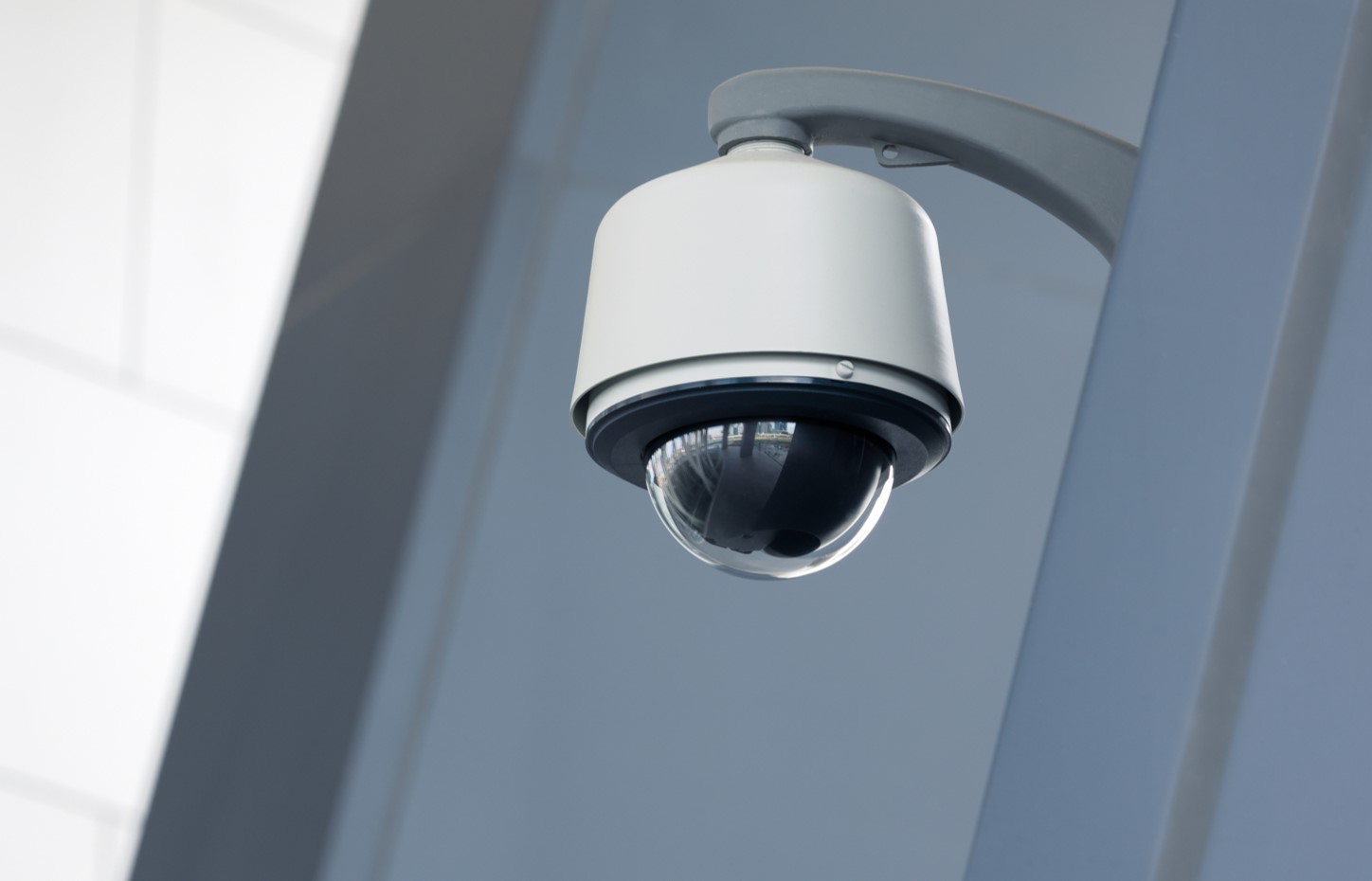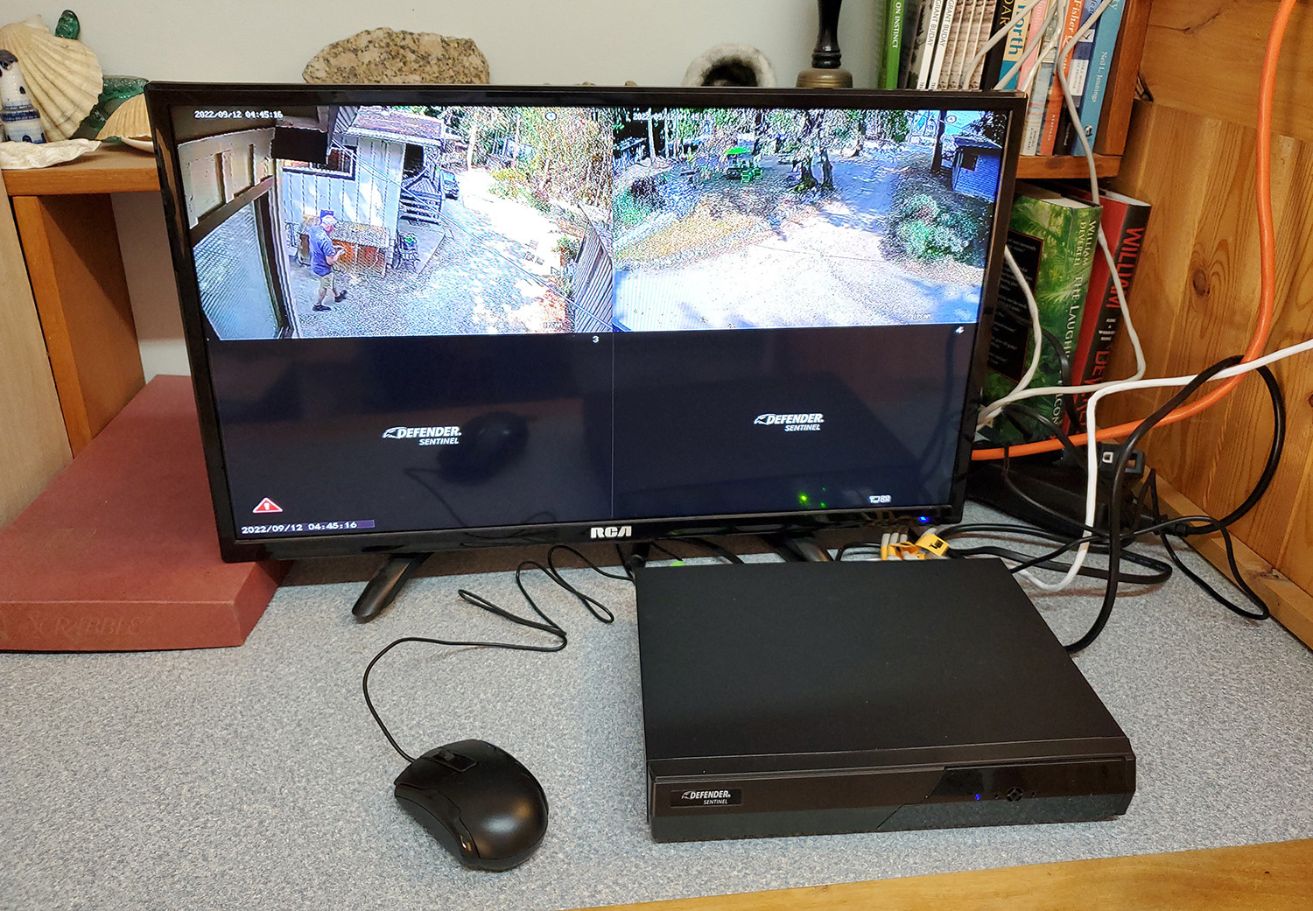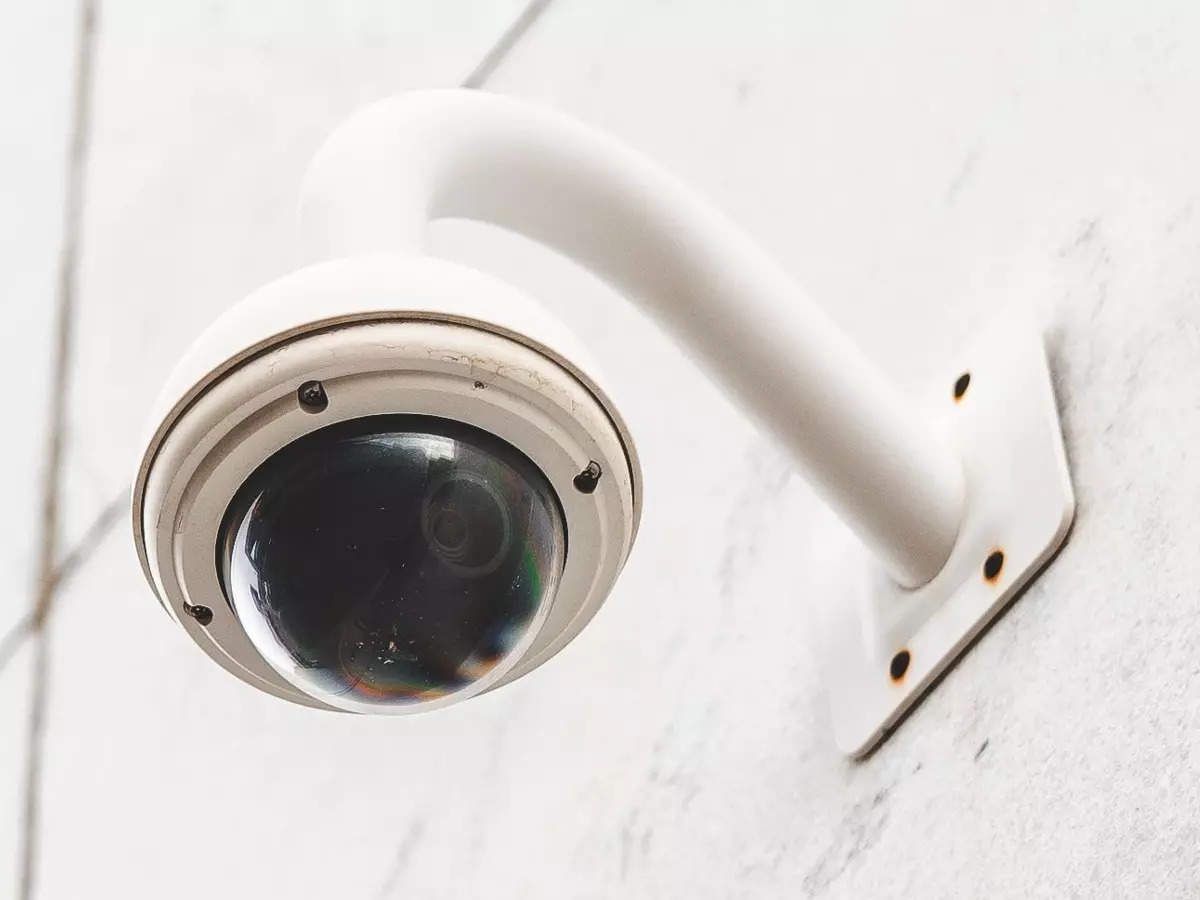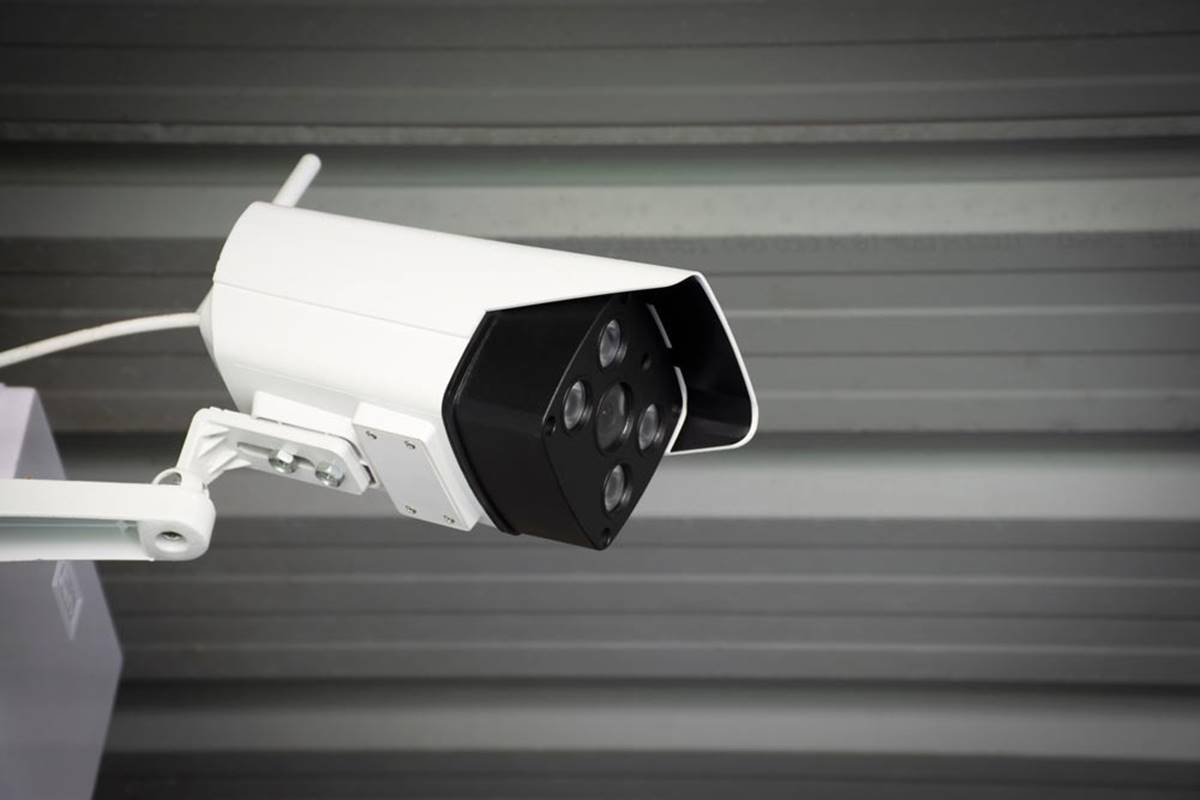Home>Home Security and Surveillance>What Is Alarm Drip On Security Camera
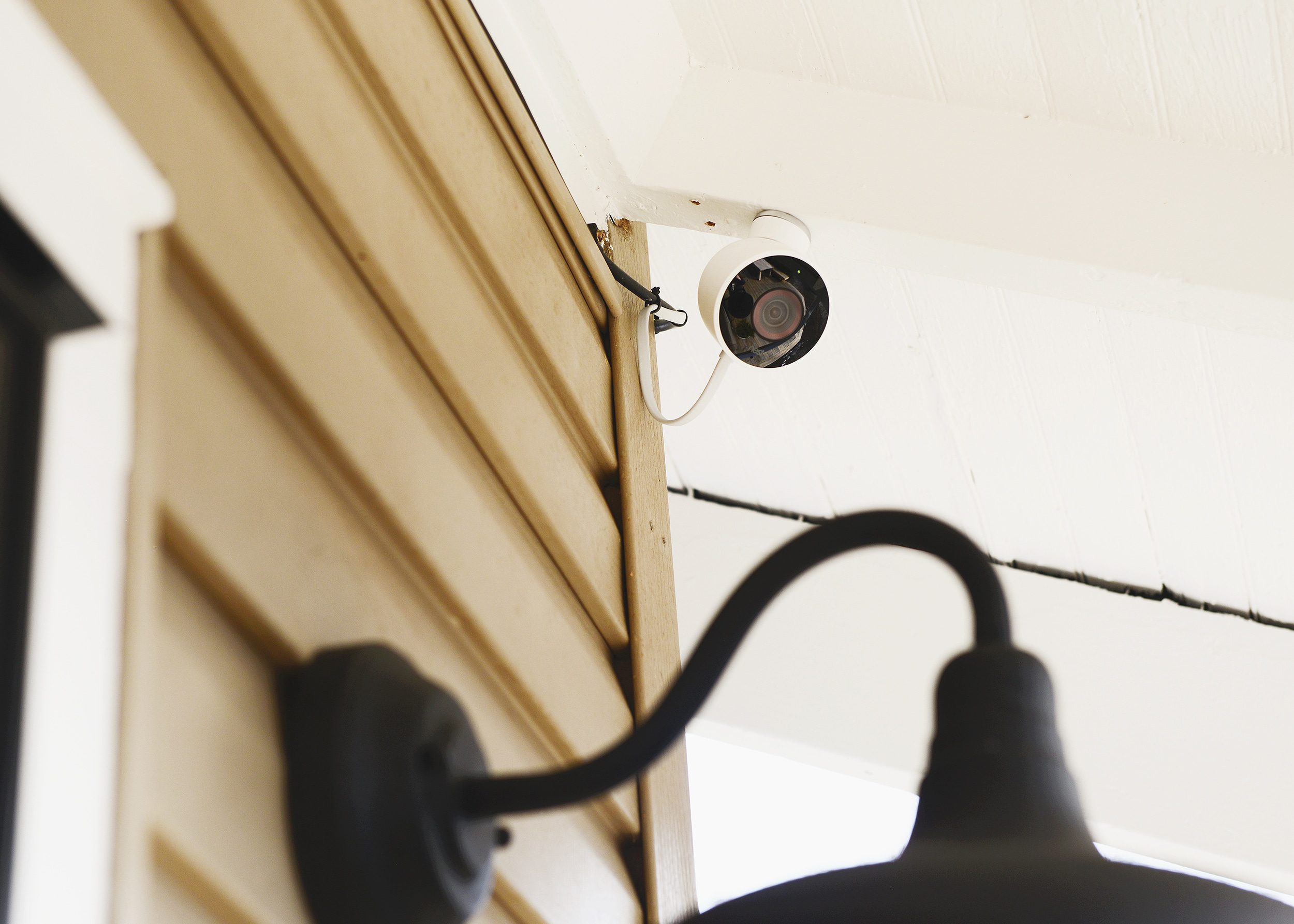

Home Security and Surveillance
What Is Alarm Drip On Security Camera
Modified: March 6, 2024
Learn about alarm drip on security cameras and how it enhances home security and surveillance. Discover its benefits and find the best solutions to protect your property.
(Many of the links in this article redirect to a specific reviewed product. Your purchase of these products through affiliate links helps to generate commission for Storables.com, at no extra cost. Learn more)
Introduction
Welcome to the world of home security and surveillance! In an era where safety and protection have become paramount concerns for homeowners, advancements in technology have led to the development of innovative solutions. One such advancement is the integration of alarm drip on security cameras.
Alarm drip, also known as alarm notification, is a feature that adds an extra layer of security to your home surveillance system. It provides real-time alerts and notifications, informing you of any suspicious activities or events detected by your security camera.
In this article, we will delve into the definition, purpose, function, and benefits of using alarm drip on security cameras. We will also discuss the limitations and concerns associated with this feature, enabling you to make an informed decision when it comes to enhancing your home security.
So, let’s dive in and uncover the fascinating world of alarm drip on security cameras!
Key Takeaways:
- Stay ahead of potential threats with alarm drip on security cameras. Receive instant alerts, deter intruders, and proactively monitor your property, enhancing peace of mind and security.
- While alarm drip offers real-time alerts, be mindful of false alarms and privacy concerns. Regular maintenance and customization can optimize its effectiveness for a safer home.
Definition of Alarm Drip
Alarm drip is a feature that is commonly found in advanced home security systems and surveillance cameras. It refers to the process of receiving real-time alerts and notifications on your mobile device or computer when specific events or triggers are detected by the security camera.
When an alarm drip is activated, the security camera scans its field of view, constantly analyzing the surroundings for any suspicious activities. These activities can include motion detection, sound detection, facial recognition, or other predefined triggers that have been set by the user. When an event meets the predefined criteria, the camera immediately sends an alert or notification to the user’s device.
The term “drip” refers to the continuous flow of alerts, ensuring that the user remains aware of any potential security threats or unusual incidents happening around their property. The alerts typically include a snapshot or video footage of the detected event, providing the user with visual evidence to assess the situation.
Alarm drip goes beyond traditional security systems that rely solely on a loud alarm or siren to alert the homeowner or security personnel. By integrating alarm drip, users have the advantage of receiving immediate notifications, allowing them to take appropriate action promptly.
Now that we have defined what alarm drip is, let’s explore its purpose and function in more detail.
Purpose and Function of Alarm Drip
The primary purpose of alarm drip on security cameras is to enhance the effectiveness of home security systems by providing real-time alerts and notifications. It acts as an additional layer of security, ensuring that homeowners are promptly notified of any potential security breaches or suspicious activities.
One of the main functions of alarm drip is to deter potential intruders. When an intruder is unaware that they are being monitored by a security camera with alarm drip capabilities, the sudden alert can startle and discourage them, leading them to abandon their criminal intentions.
Moreover, alarm drip enables homeowners to be proactive in their response to security threats. By receiving instant notifications, homeowners can take immediate action, such as contacting law enforcement, neighbors, or remotely accessing their security camera feed to assess the situation in real time.
Additionally, alarm drip can provide peace of mind, especially when homeowners are away from home. They can stay connected and informed about the security of their property, even when they are miles away. This feature is particularly useful for individuals who travel frequently or have second homes.
Another important function of alarm drip is to capture and document crucial evidence in the event of a security breach or crime. The real-time alerts typically include snapshots or video footage of the detected event, which can be used as valuable evidence for law enforcement or insurance purposes.
Some advanced security camera systems even offer two-way audio communication, allowing homeowners to not only see but also interact with whoever is in the camera’s field of view. This function can be used to deter potential intruders or communicate with family members, delivery personnel, or visitors.
In summary, the purpose and function of alarm drip on security cameras are to provide real-time alerts, deter potential intruders, enable proactive response, offer peace of mind, and capture valuable evidence. Now, let’s explore how alarm drip works.
How Alarm Drip Works
Alarm drip on security cameras operates using a combination of sophisticated technology and intelligent algorithms. Let’s take a closer look at how this feature works:
- Detection: The security camera constantly scans its field of view using various sensors, such as motion detectors or sound detectors. When an event occurs that matches the predefined criteria, the camera detects it and triggers the alarm drip process.
- Alert Generation: Once an event is detected, the security camera generates an alert. This includes capturing an image or recording a video clip of the event, which will be included in the alert sent to the user. Some cameras also have the ability to generate audible sirens or flash lights to further alert individuals in the vicinity.
- Notification: The alert is then immediately sent to the user’s connected devices, such as smartphones, tablets, or computers. This can be done through push notifications, email, or text messages, depending on the preferences of the user.
- User Interaction: Upon receiving the alert, the user can access the live feed from the security camera to assess the situation in real time. They can view the captured image or video footage to determine the nature of the event and take appropriate action.
- Response Options: Users have several response options when they receive an alarm drip notification. They can contact the authorities, neighbors, or security personnel, or they can use the two-way audio feature to communicate with individuals near the camera. Some systems even allow remote access to security cameras for further investigation or to make adjustments to camera settings.
It is important to note that the settings and customization options for alarm drip can vary depending on the specific security camera system. Users can typically adjust the sensitivity of the detection sensors, specify the type of events that trigger alerts, and choose the preferred method of notification.
By employing advanced technology and intelligent algorithms, alarm drip on security cameras ensures that homeowners are promptly alerted to potential security threats, empowering them to take swift and appropriate action to protect their property and loved ones.
Make sure to regularly check and clean the lens of your security camera to prevent alarm drip. Dust and dirt can build up and trigger false alarms, so keeping the lens clean is important for accurate security monitoring.
Benefits of Alarm Drip on Security Cameras
The integration of alarm drip on security cameras offers several benefits for homeowners seeking to enhance their home security. Let’s explore some of these advantages:
- Immediate Security Alerts: Alarm drip provides real-time alerts and notifications, ensuring that homeowners are instantly notified of any suspicious activities or security breaches. This allows for quick response and potential prevention of crimes.
- Deterrence of Intruders: The sudden activation of an alarm and the possibility of being caught on camera can deter potential intruders from attempting to commit crimes on your property.
- Proactive Response: With alarm drip, homeowners can take proactive measures to address security threats. They can contact authorities or neighbors, remotely access the camera feed, or communicate with individuals near the camera using two-way audio.
- Remote Monitoring: Alarm drip enables homeowners to remotely monitor their property and stay connected even when they are away. This provides peace of mind and allows them to respond quickly in case of emergencies.
- Evidence Collection: In the unfortunate event of a security breach or crime, the captured images or video footage from the alarm drip can serve as valuable evidence for law enforcement or insurance purposes.
- Customizability: Most alarm drip systems offer customizable settings, allowing homeowners to set specific triggers for alerts. This ensures that they are only notified of events that are of concern to them.
- Integration with Other Home Security Systems: Alarm drip can be integrated with other home security systems, such as door/window sensors or smart locks, to provide a comprehensive security solution.
- Peace of Mind: Knowing that their property is being monitored and that they will receive immediate alerts in case of any security issues provides homeowners with a sense of peace and security.
The benefits of alarm drip on security cameras contribute to creating a safer and more secure home environment. By leveraging technology to provide real-time alerts and proactive response options, homeowners can have greater control over their home security and protect what matters most to them.
Read more: What Are Security Cameras
Limitations and Concerns of Alarm Drip
While alarm drip on security cameras offers numerous advantages, it is important to be aware of its limitations and potential concerns. Let’s explore some of these:
- False Alarms: One of the primary concerns with alarm drip is the potential for false alarms. Factors such as moving trees, small animals, or objects waving in the wind can trigger alerts, leading to unnecessary panic or inconvenience for homeowners.
- Sensitivity and Customization: Finding the right balance of sensitivity for detection sensors can be challenging. Setting the sensitivity too high can lead to frequent false alarms, while setting it too low may result in missed events that should have triggered an alert.
- Reliance on Internet Connection: Alarm drip relies on a stable internet connection to send real-time alerts. If the internet connection is unstable or disrupted, it may affect the effectiveness of the alarm drip system.
- Power Outages: During power outages, security cameras may lose their ability to operate, resulting in a loss of alarm drip functionality. It is crucial to have a backup power source or battery-operated cameras to mitigate this concern.
- Privacy Concerns: While security cameras are intended for enhancing safety, they may raise privacy concerns for individuals who feel their privacy is being compromised, especially if the cameras are positioned in a way that captures neighboring properties or public spaces.
- Dependence on Device Battery Life: Constantly receiving alarm drip notifications on mobile devices can drain their battery life quickly. It is essential to monitor device battery levels and ensure they are adequately charged or connected to a power source.
- Cost Considerations: Advanced security cameras with alarm drip capabilities may come with a higher price tag compared to standard cameras. It is important to consider the cost implications when investing in a comprehensive home security system.
- Maintenance and Upkeep: Alarm drip systems may require regular maintenance and updates to ensure they are functioning optimally. This includes software updates, camera positioning adjustments, and device compatibility checks.
While these limitations and concerns exist, they can be mitigated and managed effectively by implementing best practices, regular system maintenance, and setting up appropriate system configurations based on individual needs and preferences.
Understanding these limitations and concerns helps homeowners make informed decisions about incorporating alarm drip into their home security system.
Conclusion
Alarm drip on security cameras has revolutionized the way we approach home security and surveillance. This feature provides homeowners with real-time alerts and notifications, enhancing the effectiveness of their security systems and promoting proactive response to potential security threats.
Throughout this article, we have explored the definition, purpose, function, benefits, limitations, and concerns of alarm drip. By integrating this feature into your home security system, you can experience the following advantages:
- Immediate security alerts for prompt response
- Deterrence of potential intruders
- Proactive measures to address security threats
- Remote monitoring and peace of mind
- Collection of valuable evidence in the event of a security breach
- Customizability and integration with other home security systems
- Enhanced peace of mind and sense of security
However, it is crucial to consider the limitations and concerns associated with alarm drip, such as false alarms, sensitivity customization, reliance on internet connection, and privacy concerns.
By understanding these limitations and addressing them appropriately, homeowners can effectively manage their alarm drip systems to ensure optimal functionality and minimize any potential drawbacks. Regular maintenance, staying informed about system updates, and carefully configuring the system settings can help mitigate these concerns.
In conclusion, alarm drip on security cameras is a valuable tool for enhancing home security. By leveraging technology, homeowners can stay connected, receive real-time alerts, and take proactive measures to safeguard their property and loved ones. With careful consideration of the benefits and limitations, integrating alarm drip into your home security system can provide you with peace of mind and a higher level of security.
Frequently Asked Questions about What Is Alarm Drip On Security Camera
Was this page helpful?
At Storables.com, we guarantee accurate and reliable information. Our content, validated by Expert Board Contributors, is crafted following stringent Editorial Policies. We're committed to providing you with well-researched, expert-backed insights for all your informational needs.
